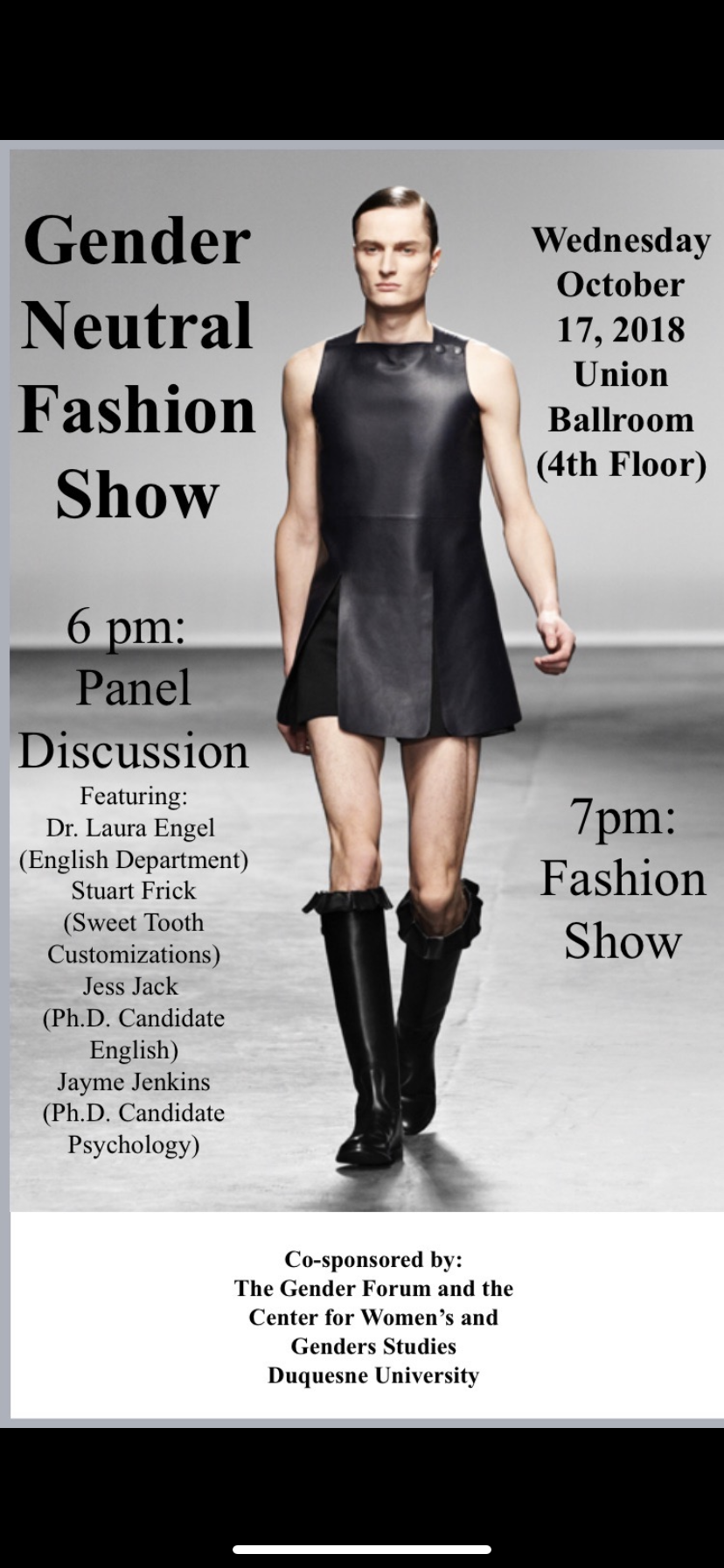
by Zoe Stratos | opinions editor
March 24, 2022
Lia Thomas placed last in the 100-yard freestyle swim during the NCAA championships on Saturday. Last place in a collegiate competition typically wouldn’t reach newspaper headlines, but the University of Pennsylvania swimmer is a trans woman, and has been at the center of controversy regarding the eligibility to compete in women’s events.
The controversy over Thomas’s first and last season as a swimmer at UPenn came to a climax last week when she became the first openly trans athlete to win a Division I title in any sport. She placed first in the 500-yard, tied for fifth in the 200 and finally placed eighth in the 100.
With the win and two losses, Thomas was found not to be the best in the sport, despite claims of unfair advantages hailing from students, politicians and everyday Americans alike. Instead, Thomas’s achievements show a huge advancement in sports inclusivity, and so far biology hasn’t been proven to be a significant advantage.
Women’s sports are placed at the convergence of segregation and equality. Sports, unlike restaurants, bathrooms, etc., are a social institution in which segregation is upheld due to biological difference, though equality is also upheld through opportunity — all due to Title IX.
Transgender individuals are a newer subject to be added into the fold, but we should be celebrating inclusion, as well as Thomas’s “first” in wins… and losses.
However, policy regarding trans athletes isn’t as new as we think. The NCAA approved its first policy on the inclusion of trans athletes in collegiate athletics in 2011. It allowed trans female student-athletes to compete in women’s sports if they had been treated with testosterone suppression for at least one year.
A recent update in January 2022 places the responsibility for eligibility on an individual sport. The update coincides with the United States Olympic and Paralympic Committee, and the International Olympic Committee. These policies also assert an athlete’s right to participate without discrimination and are committed to diversity, inclusion and gender equality.
Those who oppose the inclusion of trans women in women’s sports, most notably Florida Gov. Ron DeSantis, argue that they have an unfair competitive edge that takes away the hard work and opportunities presented to cisgender women athletes. DeSantis released a statement declaring Emma Wyant, who came in second place at the championships, as the winner. It also commented on the so-called unfair advantage destroying women’s sports:
“The NCAA’s actions serve to erode opportunities for women athletes and perpetuate a fraud against women athletes as well as the public at large,” the statement read. “Florida rejects the NCAA’s efforts to destroy women’s athletics, disapproves of the NCAA elevating ideology over biology and takes offense at the NCAA trying to make others complicit in a lie.”
However, these assumptions are not grounded in scientific evidence. The claims cloak transphobia in scare tactics that distract people, specifically cisgender women, from the discriminatory intent. They are rooted in societal and cultural definitions of what defines a woman.
As of now, there hasn’t been enough research to confidently make the claims, and the small amount of research done on the topic notes little difference in competitive edge with hormone therapy.
According to Deutsche Welle, one of Germany’s most successful international media outlets, few studies have been done on trans athlete participation, though some papers were published leading up to the 2020 Olympic Games.
A study done by the British Journal of Sports Medicine found that U.S. military personnel who transitioned while in service maintained an edge after one year of hormone therapy; however, the research carried out by Dr. Timothy Roberts, a pediatrician and associate professor at the University of Missouri-Kansas City, found that the gap largely closed after two years.
Trans women ran approximately 12% faster than cisgender counterparts, though Roberts’s research found no advantage in the push-ups or sit-ups category after the two year period. Roberts noted that although there was still an advantage in running, to be in the top 10% of female runners, you have to be 29% faster than the average woman.
Another study carried out by Joanna Harper, a medical physicist at Loughborough University, found that strength advantages will remain with hormone therapy, though other factors limit this advantage.
Hemoglobin levels are one of the most important physiological factors when it comes to endurance sport. Hemoglobin in the blood transports oxygen throughout the body and the muscles. Since hemoglobin levels follow testosterone levels, cisgender men typically have higher hemoglobin levels than cisgender women.
But Harper’s study found that testosterone suppression reduces hemoglobin levels in trans women to that of cisgender women, and eliminates the advantage. Moreover, factors such as technique, equipment, hand-eye coordination, coaching and more all factor into the success of an athlete. Biological make-up can only take an athlete so far.
Sport as a culture is a spearhead in change that reflects on our society, and it doesn’t happen in a linear fashion. Many athletes of the past such as Jackie Robinson are hailed for “breaking the color barrier” though the celebration of these “firsts” in sports weren’t received well in their time.
Many of the athletes who became the “first” encounter resistance, especially from those who have historically benefited from the status quo. But Thomas’s “first” story exhibits the same sort of resilience and love for sport. She should be celebrated as any other athlete for making progress toward true diversity, equity and inclusion.




